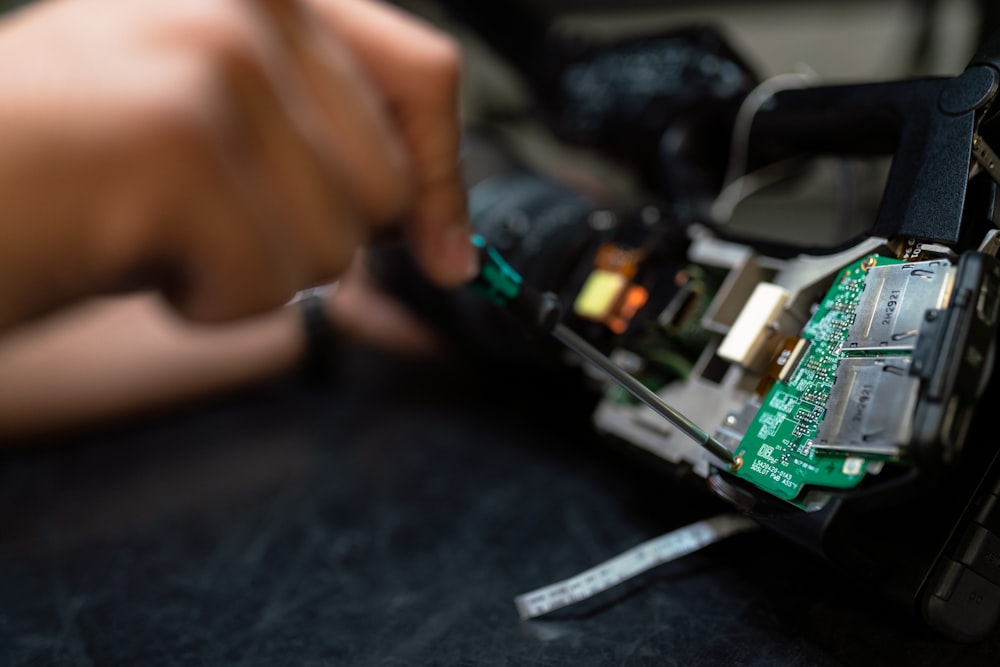The Alchemists Within
How Nature's Tiny Catalysts Are Building a Waste-Free World
Imagine a world where agricultural waste transforms into jet fuel, plastic-eating enzymes dismantle pollution, and factories run on biological nanomachines designed by artificial intelligence. This isn't science fiction—it's the emerging reality of biocatalysis and biomass conversion, a scientific revolution quietly building the architecture of a circular economy.
The Catalyst Renaissance: Nature's Blueprint for Circular Chemistry
Precision Engineering
Directed evolution—pioneered by Frances Arnold—artificially "breeds" enzymes for enhanced stability, activity, or novel functions. For example, evolved cytochrome P450 enzymes now catalyze reactions unknown in nature, like carbene transfers for pharmaceutical synthesis 1 .
Beyond Proteins
The biocatalyst family has expanded to include ribozymes (catalytic RNA), DNAzymes, and nanozymes—nanomaterials mimicking enzyme activity. Nanozymes like magnetosomes or iron-oxide nanoparticles withstand extreme conditions where proteins fail 3 .
Deep Dive: The Algae-Oil Palm Experiment
A Blueprint for Waste Valorization

Methodology: From Pollutant to Product
- Waste Collection: POME (rich in organics but contaminated with oils and heavy metals)
- Algal Cultivation: Microalgae consumed pollutants while accumulating lipids
- Enzymatic Hydrolysis: Lipase and cellulase enzymes broke down cell walls
- Transformation: Algal oil converted to biodiesel via enzymatic transesterification 4
| Pollutant | Initial (mg/L) | After Treatment (mg/L) | Reduction |
|---|---|---|---|
| COD | 65,000 | 2,600 | 96% |
| Nitrogen | 1,800 | 90 | 95% |
| Phosphorus | 500 | 15 | 97% |
Results and Analysis
The results proved dual benefits: >95% pollutant removal and high-value biofuel production. Critically, the enzymatic processes operated at 35–40°C—far below the 60–100°C required for conventional thermochemical conversion—reducing energy demands by ~60% 4 .
Biodiesel
210 L
590 kg CO₂ avoided
Bioethanol
140 L
340 kg CO₂ avoided
Biogas (CH₄)
310 m³
665 kg CO₂ avoided
The Scientist's Toolkit
Essential Reagents Powering the Biocatalysis Revolution
| Reagent/Material | Function | Example Application |
|---|---|---|
| Directed Evolution Kits | Accelerate enzyme optimization via iterative gene mutagenesis/selection | Engineering PETase for plastic degradation |
| Immobilized Enzymes | Enzymes fixed on scaffolds (e.g., silica, polymers) for reuse | Lipase-based biodiesel production reactors |
| Nanozymes | Nanomaterials with intrinsic enzyme-mimicking activity | Heavy metal adsorption from wastewater |
| Lignocellulosic Cocktails | Custom enzyme mixes for breaking down plant biomass | Converting agricultural waste to sugars |
| Synthetic Biology Tools | CRISPR, pathway design software for metabolic engineering | Microbes producing chemicals from CO₂ |
Frontiers of Innovation
Nanozymes, AI, and the Circular Economy
Nanozymes
Nanozymes are expanding biocatalysis beyond biological constraints. Unlike proteins, these inorganic catalysts thrive in acidic, high-temperature, or high-salinity environments:
- Magnetosome nanozymes detoxify reactive oxygen species in contaminated soils
- Ferritin iron cores catalyze redox reactions linked to neurodegenerative diseases 3
Artificial Intelligence
Artificial intelligence is accelerating enzyme discovery. Google's "moonshot" project uses spectroscopy and machine learning to create an "omnisorting" database that identifies plastic polymers at molecular levels 6 .
Companies like Quantistry compress R&D timelines from years to months .
Integrated Biorefineries
Malaysia's algal-oil palm model synergizes waste remediation (POME cleanup), energy production (biodiesel), and material innovation (bioplastics from lignin), potentially generating RM 6.38 billion/year from waste valorization 4 .
Economics and Policy
The Road to Commercialization
Process Intensification
Combining steps like enzymatic hydrolysis and fermentation in one reactor cuts capital costs by 30% 5 .
Policy Levers
Extended Producer Responsibility (EPR) schemes—now active in six U.S. states—mandate packaging producers fund recycling 6 .
Carbon Accounting
Life-cycle analyses show algal biofuels can achieve ~80% lower emissions than fossil fuels when waste feedstocks are used 4 .
The Biocatalytic Future
Biocatalysis transcends mere technology—it's a paradigm shift from "take-make-waste" to grow-transform-renew. As enzyme engineering, nanozymes, and AI mature, they'll unlock unprecedented circularity: converting CO₂ into textiles, transforming food scraps into aircraft components, or deploying enzyme-coated fabrics that purify air.
"The future lies not just in chemical transformations, but in materials made from synthetic biology. Microorganisms don't just create molecules—they digest them."